An Outlander's Guide to Istra
"She is a beautiful land, our fair Istra, crowned with glory and yet so troubled in this hour. A golden age is coming to a close. We are being plunged into darkness once more."-Sir Haldrith Sirathane of Lieretsa, 14082
A lesson plan from the desk of Lucaeron Vanthaxol, a professor at the University of Avamaris in Ceskaevya. Dated 12:83.
Welcome to your first day in my History of Istra class. We have students from many nations who have all come to the isle of Ceskaevya for one purpose: to understand, to gain knowledge, and to ask questions. Today, I ask you all a question. Where did we come from, and where will we go now?
I don't consider myself to be a dramatic man, but I would be remiss in overlooking the obvious. We are at the crossroads of destiny. The Harthaen have been unleashed upon Istra and although we see little change at the moment, we are in the final hours of peace before these dark spirits sweep away any sense of normalcy we have grown to cherish. With this in mind, where will we go from here? As we study the nations of Istra, I ask you to consider this question. Perhaps one of your bright minds has the answer we need.
As you know, Istra has a northern and southern continent, separated by the Synnavall Sea. The continents were once connected, but the war between the gods 14,083 years ago was so violent that the fighting smashed the landmass in two, or so it is claimed by several religions. The more scientifically-minded among us, myself included, might point to a seismic event. Regardless, both continents are referred to as Istra, and when referring to one or the other, it is called Northern or Southern Istra.
Northern Istra
Sekhav
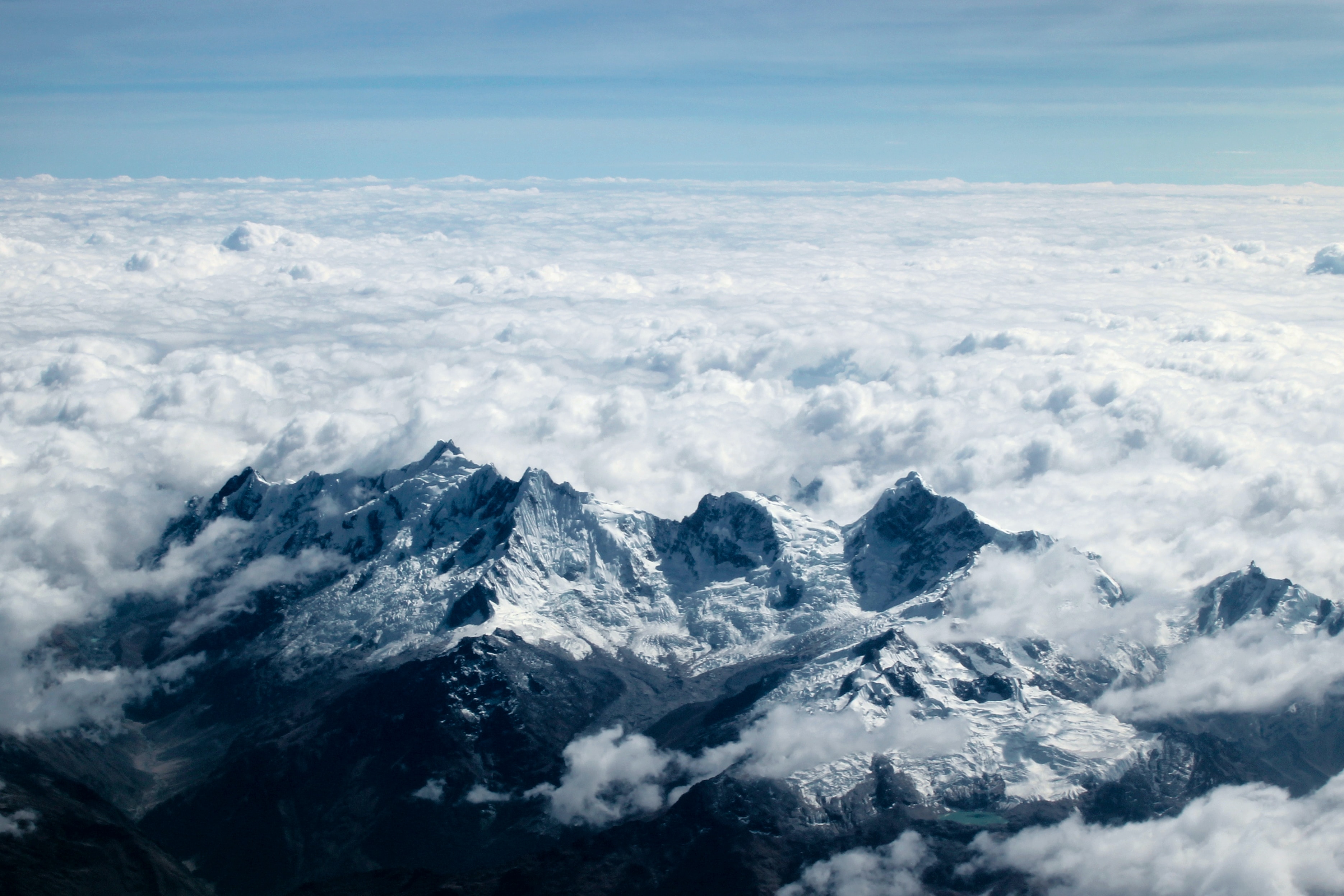
Sekhavi Mountains (Julian Mora)
The Sekhavi mostly live in clans consisting of villages, but some are nomadic groups independent of any clan. Each clan is tasked with guarding the grave of one of their gods, which they believe are asleep rather than dead. When I traveled there, I noticed how formal they acted towards me. They are suspicious of outsiders, and who can blame them? The mining operations in the eastern mountains are frightening wildlife and disrupting their way of life. The other nations have changed much over time, but the Sekhavi have managed to remain the same.
Lieretsa
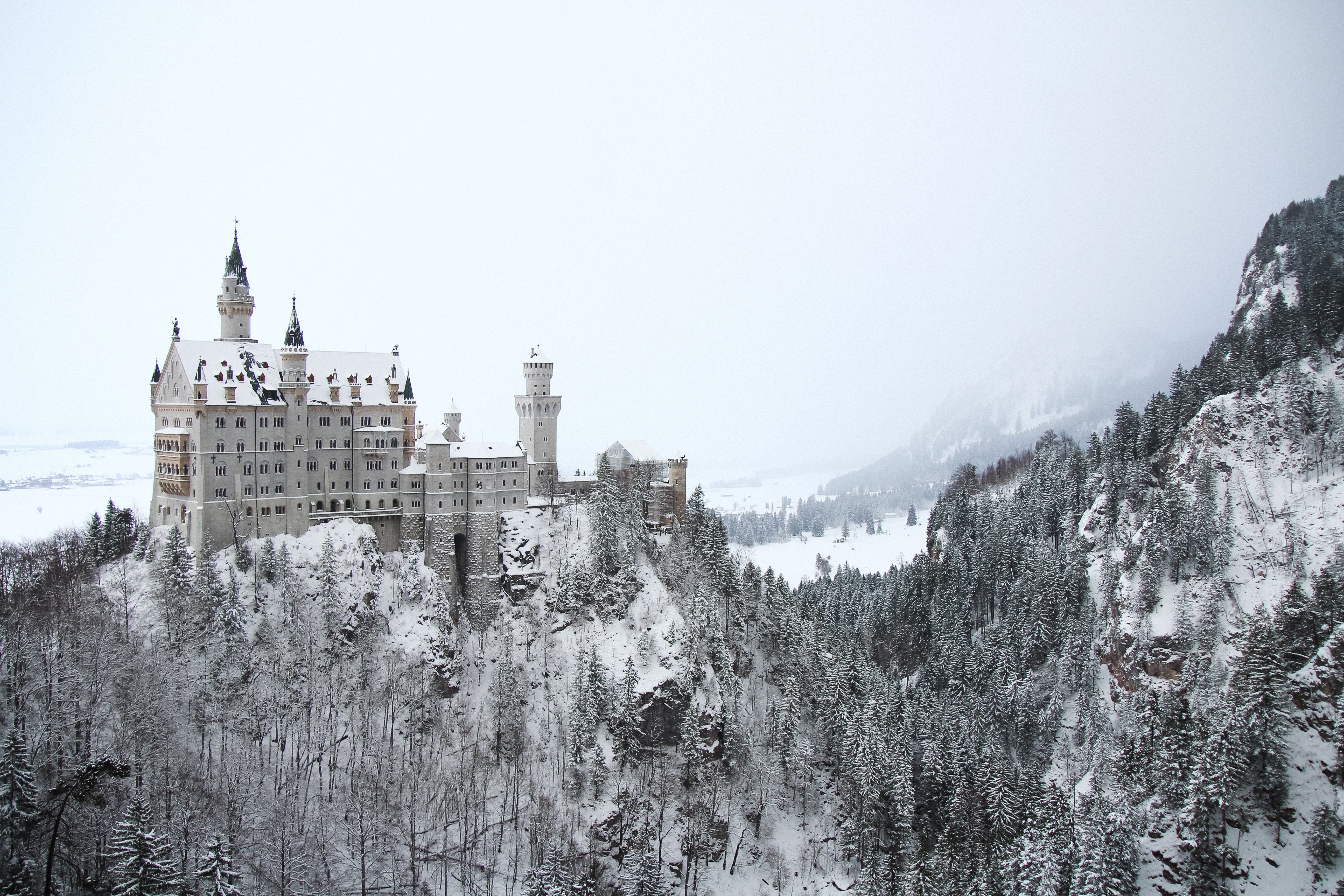
Lieretsan castle (Nico Benedickt)
Lieretsans worship the goddess Kalle, who rules over the heavens. The stars and celestial bodies are sacred to these people, and this is reflected in their art and architecture. Each temple is equipped with an observatory from which worshipers can view the night sky. The Sacred Church of Kalle has great power in the north of Lieretsa. With a weak king and a Council that is crippled by infighting, the Church's power is more prevalent to the common people.
Vathne
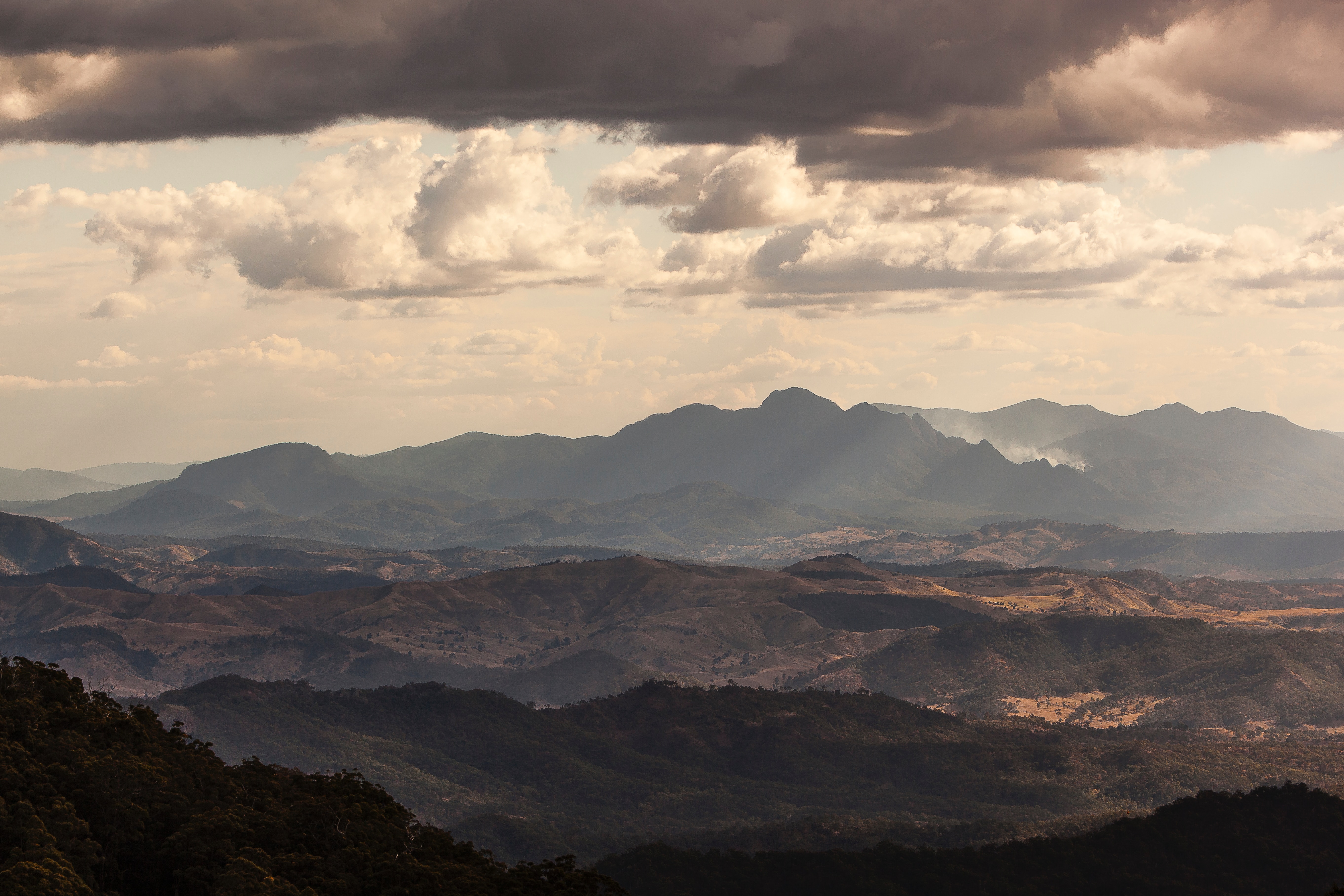
Korathia Mountains (Matt Palmer)
The Vathne worship no gods, but instead, they elevate their heroes. Children are named after Vathne heroes and shrines to them are present in every town and city. The Vathne Code is a lengthy set of laws that is held in the highest respect and sections are frequently recited, almost like a prayer. Vathne have tanned skin and blonde to light brown hair, and they are of average size, but are very muscular. Their entire philosophy promotes the improvement of the body and mind for the purpose of bettering oneself. This individualistic attitude and focus on the self is perhaps the reason their nation is so divided as opposed to Elevirak, a similar warlike nation, that promotes unity.
Bolaan
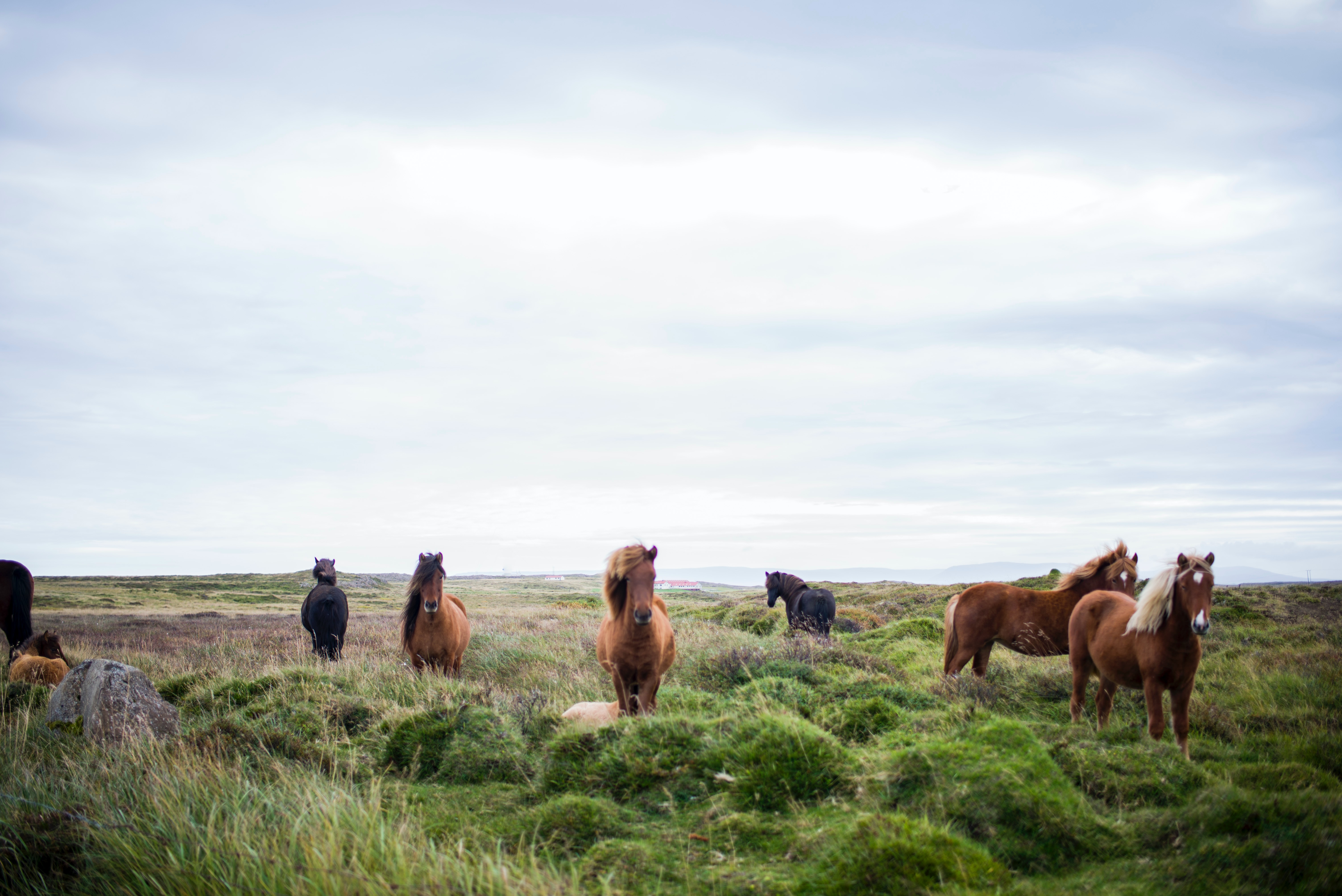
Bolaani horses (Bethany Legg)
The Bolaani in the eastern cities are ruled by a corrupt bureaucracy that fights amongst itself. The old nobility is at war with the newly-wealthy merchants. The tribes are led by a democratically-elected leader. Leaders are expected to be strong warriors and excellent horsemen. Their pantheon of gods are presumed to be dead, but their spirits watch over the people. Horses are considered sacred and have almost as many rights as humans do.
Rhyldraleth
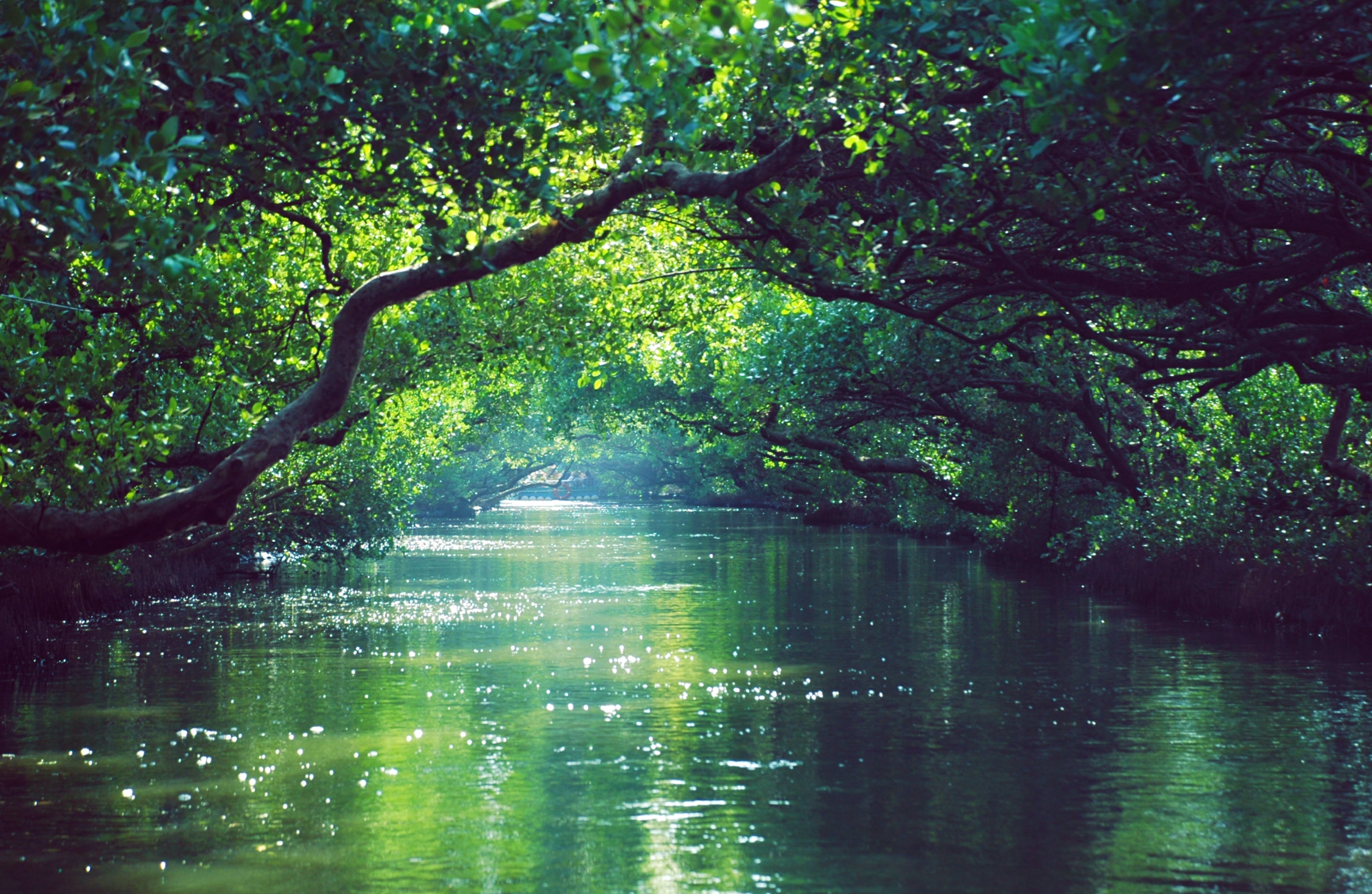
Cairthaenna River (Tienko Dima)
Rhyldralethans live in families that are not connected by blood in the traditional sense, but by the mage who awakened them. All Rhyldralethans consider themselves to be family, as they have come from the same sacred forest. They are gentle and lively people with skin the color of the tree they came from, usually a medium brown, and green or brown eyes. They are light and swift, enabling them to leap from branch to branch with ease. Visitors tend to remain in villages that dot the landscape, where they can be safe from the hazards in the forest.
Elevirak
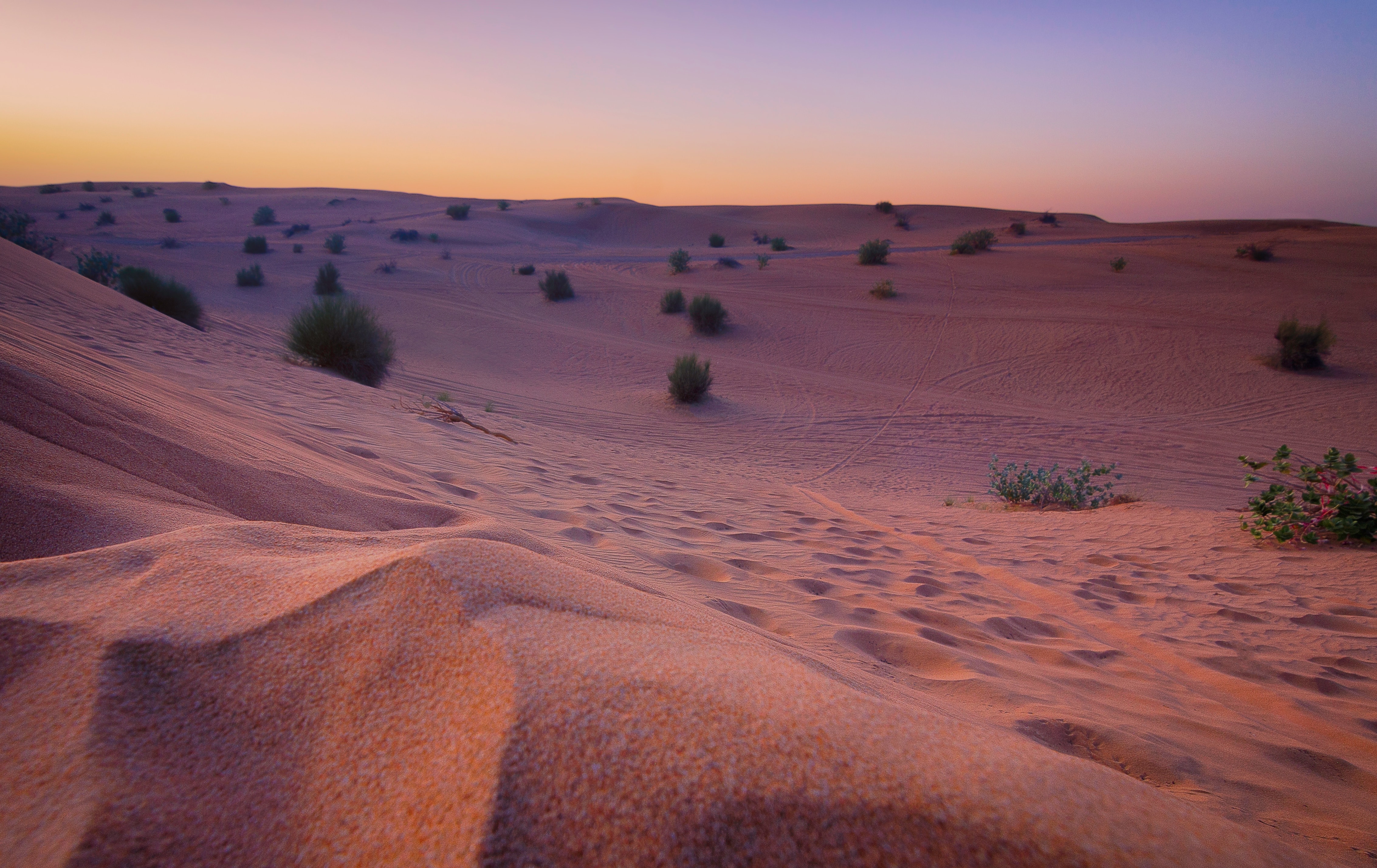
Eleviraki Desert (Kent Tupas)
The highest calling an Eleviraki can follow is to become a warrior and to serve the sun god Sol, who died in battle and whose spirit rises for a short time during the day and rests at night. Every aspect of their society is geared towards war and defense, for if they fail, their city will be invaded by the undead. They are ruled by the Sun King, a powerful warrior who is said to be an incarnation of every previous king.
Kieruska
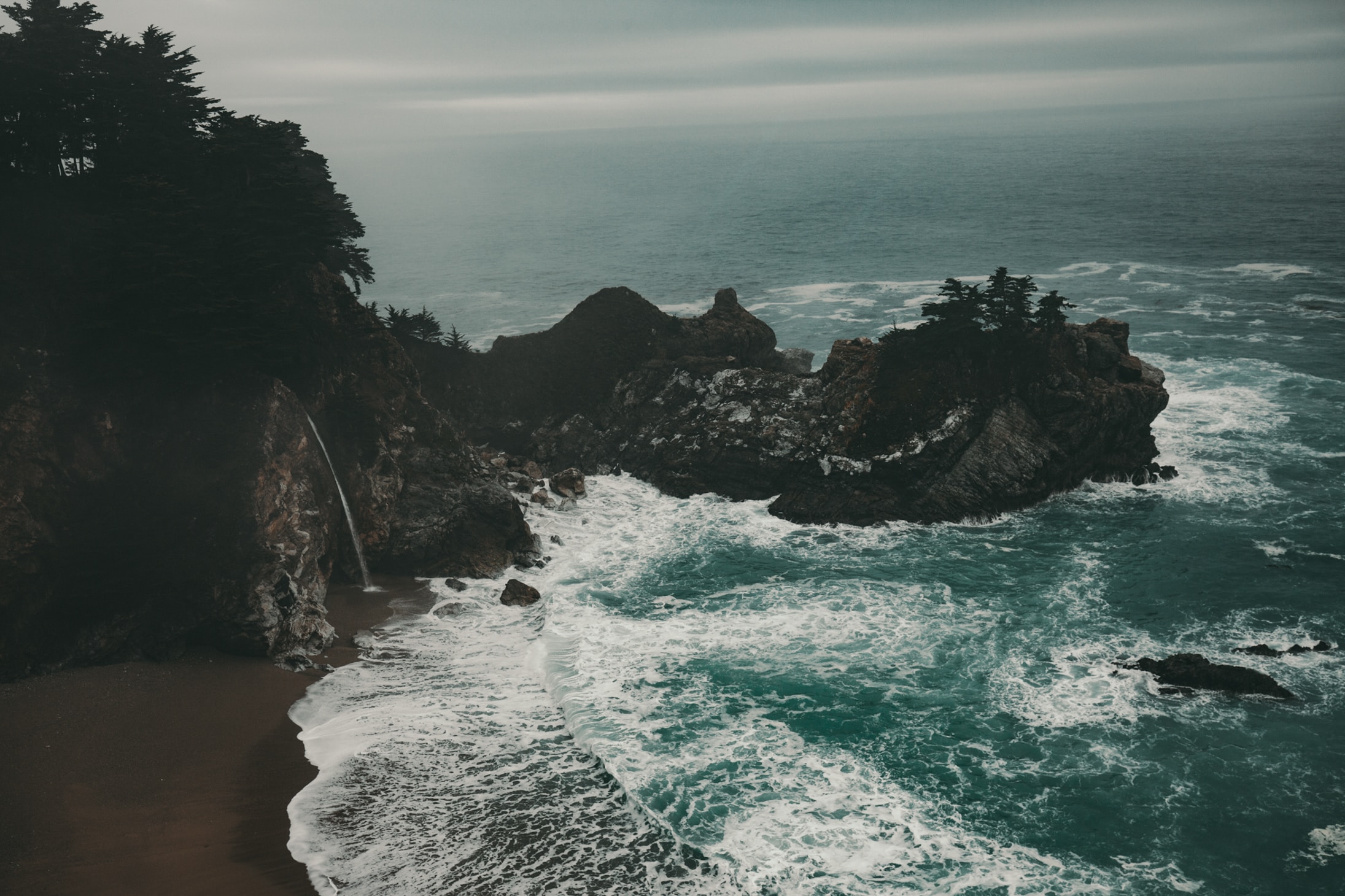
Althainian Coastline (Kal Visuals)
Power in Kieruska is gained by riches and influence rather than by royal birth. The Kieruskan black market and underground operations are highly dangerous, but tempting for many. The coastal cities are filled with corruption, but are a beautiful sight to see. These people worship a pantheon of sea gods, but religious devotion is scarce in the east with the exception of the gods of commerce and trade.
Ceskaevya
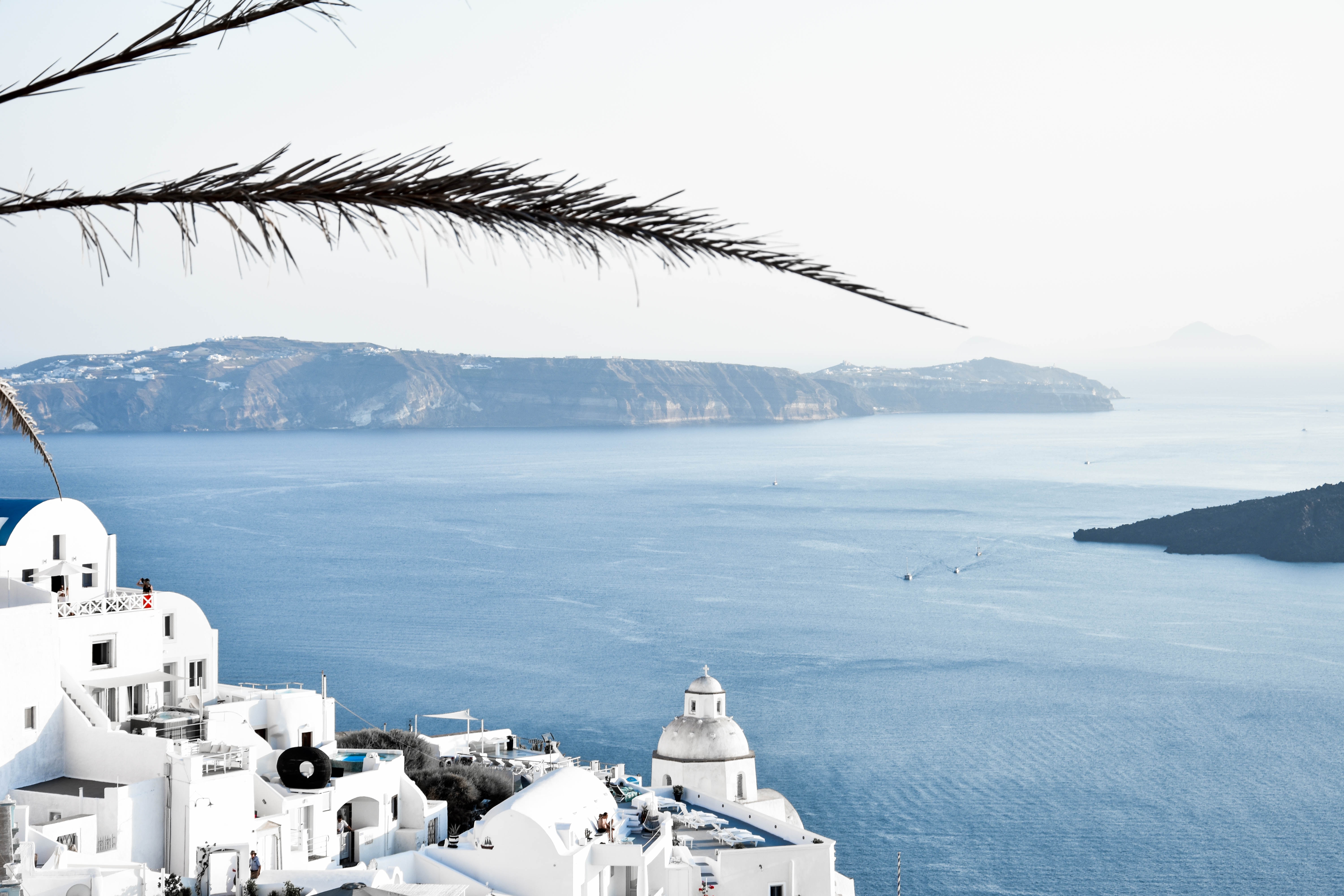
Ceskaevyan coastal town (Artiom Vallat)
Life in Ceskaevya is ruled by the Court of Intrigue, the court in the Alabaster Palace where the king and queen rule. Courtly life is a game, and not everyone makes it out alive. Beneath the shiny exterior of this place, there is a great darkness. Assassins lurk in the shadows, waiting to carry out the orders of their paying clients who will do anything to advance their social status.
Southern Istra
Cauth
Here, we come to Southern Istra, south of the Dreadsea that separates the two continents. Cauth is located in the red desert sands that cover the northeastern part of the southern continent. The Cauthori are a tragic people whose origins were swept away with time. They were once giants, roaming the land as demigods, but they were cursed to become a shadow of their former self. Now, they have slightly scaly copper skin, flame-colored eyes, horns and claws, and red or black hair. They are locked in battle with Althain.
Althain
On the eastern coast of the southern continent lies the vast kingdom of Althain that stretches down south into the Withering Marches, an uncharted wild territory. The Althainians are determined to expand their kingdom, due to their lack of natural resources, and threaten much of the south with their power. They are diverse in their appearance due to the smaller nations they have conquered, but are primarily light-skinned with dark hair.
Seitsene
In the western mountains of the southern continent, the Seitsene lay in hiding. Seitsene is an ancient kingdom hidden by magic and natural obstacles, and the people have been able to withstand Althainian invasions for centuries. They are a very shy people with ghostly pale skin, red eyes, and dark hair. They have been cursed with incredible magical abilities, but at the cost of their own sanity. Little is known about them, and they are not eager to offer answers.
With that, we conclude today's lesson. Istra is a land of wonder and prosperity, and I have had the privilege of traveling to most of its nations. I encourage you all to continue in your studies of these lands and to consider how the growing Harthaen threat will impact each nation.


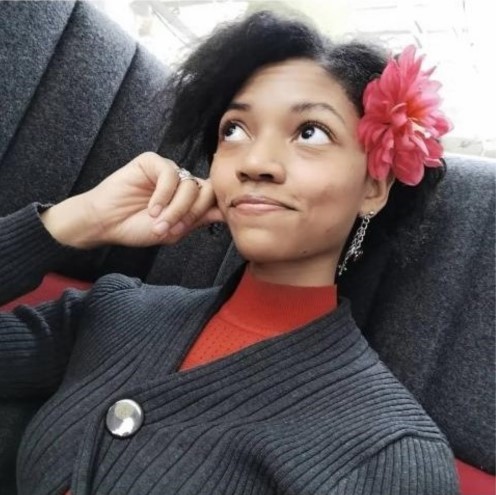
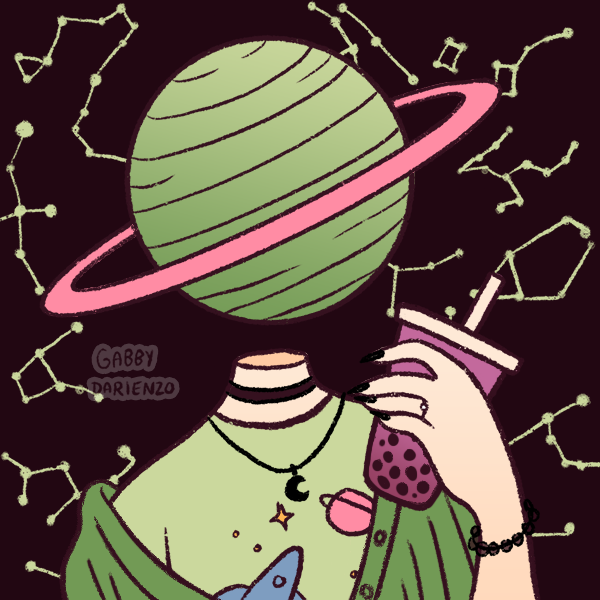
I have yet to do an effective article completely framed in-universe but I do like reading articles that do that at any level. Thanks for the lesson! Also hovering over the headers to get the pronunciation is really nice touch.
Thank you, I wanted to get this article done ASAP so I could have a good overview for the future.